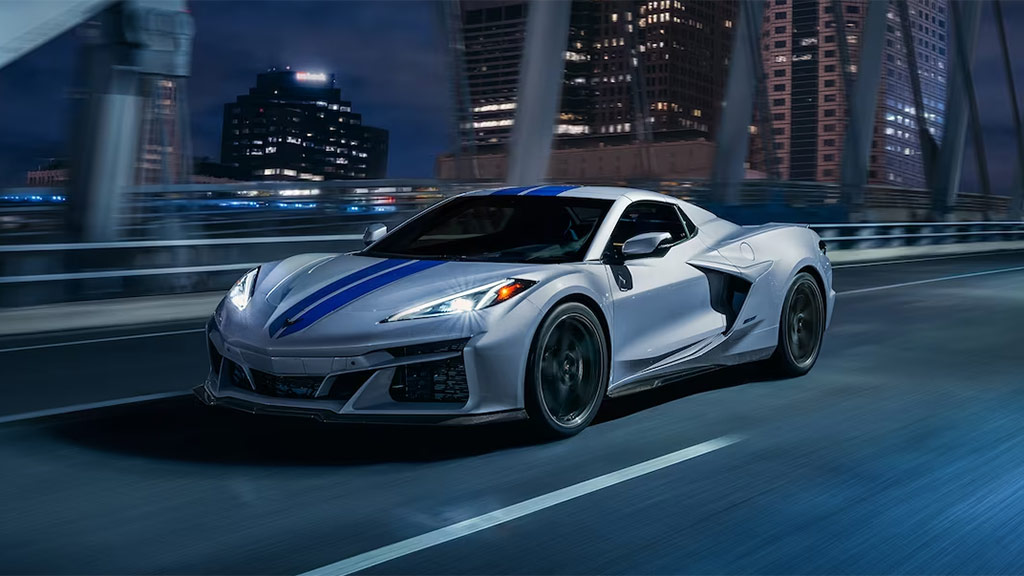Sustainability has increasingly become an integral part of automobile design. Whether your current vehicle is nearing the end of its useful life or you’re a first-time automobile buyer looking to go the eco-friendly route, there are a few things to consider. While biking to your destination, using public transport, or owning a fully electric vehicle are some of the greenest means of transportation, you can still get some eco-friendly features in a conventional car. Here are seven key eco-friendly considerations before purchasing a new car.
1. Choose LED Lights
Kelley Blue Book asserts that cars with good headlight ratings have 19% fewer accidents per mile than those with bad ratings. LED light bulbs are exceptionally reliable, radiate little heat, are energy-efficient, and are long-lasting. According to Auto Bytel, automakers are now starting to include LED headlights in most of their new vehicles. A few examples include the Acura NSX, Toyota Corolla, and Volvo S90.
2. Think About the Color
It may not seem like it, but the color of a car has a bearing on its eco-friendliness. Go green by choosing white. Lighter colors reduce the demand placed on your HVAC system. A black car’s interior can get 10 degrees hotter than a white one on a typical summer day. You also won’t have to wash your automobile as frequently because white cars don’t show dirt as much as most other colors.
3. Go for Lighter Weight Cars
Most eco-friendly cars have a lower weight compared to others. They achieve this by employing lightweight metals. In 2019, the construction and infrastructure sector accounted for more than half of all steel end-use globally, with the mechanical equipment and automotive sectors coming in second and third.
Although most car manufacturers favor steel, changes in fuel economy and recycling regulations have accelerated automakers’ efforts to reduce weight. Aluminum offers a solution as it meets the torsion and stiffness specifications of an automobile material. Besides, it has a density of one-third that of steel. Manufacturers are also avoiding leather interiors in favor of tough fabric upholstery. The lighter weight makes vehicles more aerodynamic and gives them better gas mileage.
4. Choose Cars with Emission Sensors
To reduce pollution and maintain clean air, the Environmental Protection Agency has mandated that cars limit emissions. With emission sensors and controls, you can maintain low emission levels. Look for vehicles with emission sensors to ensure your car passes regulations in your state.
5. Choose Hybrid Engines for Fuel Economy
Hybrid engines alternate between electric and gas modes automatically. It switches to battery mode when the engine is idling and as you accelerate, it uses fuel and at the same time recharges the engine. The result is a car that’s incredibly quiet and has great gas mileage. Hybrid engines get better gas mileage in town due to idling, the complete opposite of traditional all-gasoline vehicles.
6. Choose a Car with Radar Alerts
Car accidents cost the nation billions in cleaning and medical expenses. They often result in wrecked automobiles being dumped in landfills, where they’ll likely stay for hundreds of years, exacerbating soil, water, and air pollution. Accident prevention devices are, therefore, seen as being eco-friendly. Radar alerts notify the driver when they’re too close to a car, which can be especially helpful in traffic.
7. Go for Vehicles with Rear Inflatable Safety Belts
Life-saving belts also prevent accidents and lower medical expenses. Ford made the basic seatbelt in its hybrid vehicles inflatable to provide extra protection in the event of a collision. Rear inflatable belts are much more effective at reducing injuries to the head and neck than traditional lap-and-shoulder harness belts.
According to Bankrate, roughly 215 million drivers in the United States carry car insurance. Drivers who own automobiles with eco-friendly features get better rates compared to those with less eco-friendly vehicles. By incorporating these eco-friendly features into your vehicle, you’ll be doing your part in lowering carbon emissions. Keep an eye out for the newest advancements in vehicle efficiency and safety.
Top photo: 2024 Chevrolet Corvette E-Ray | Source: General Motors





